“It is only when I am doing my work that I feel truly alive.” –Federico Fellini
January 20, 2010
Year-end reflections give dimension and meaning to experience. It seems like every paper, blog, or magazine is full of ten-best or worst lists, ten photos that define the year, ten this or that.
As the new year begins I like to look back over the previous year, thinking about my own personal ten—ten events that mattered, ten trips I took, ten decisions that made a difference. It’s a way of solidifying the experiences and acknowledging their value. Why ten? Just seems to be the number that’s popular, I guess.
On the professional side, this is an easy task—I directed ten shows in 2009. The volume of work, and the variety of it, was enormously satisfying. I felt joyful in the doing of it—connected to the process, and to the people with whom I was working, in a way that I’ve never felt.
The year began with a GOSSIP GIRL episode: “The Age of Dissonance”. It had particular meaning for me in that it referenced the Edith Wharton novel The Age of Innocence, one of my favorite books. I have long said that GOSSIP GIRL, at its best, is updated Edith Wharton. The themes of class, romantic intrigue, and dramatic irony are the primary ingredients of the show. What’s between the lines is the most important—the unspoken carries the most weight.
We spent two days shooting in a theater, where the characters were putting on a play of “The Age of Innocence”. On the second day, we were running two hours behind schedule and I had two scenes left to shoot—a scene from the play on the stage, and then an argument that was to take place offstage in the wings. It suddenly occurred to me that I could combine the two—have the argument take place onstage as the actors were performing the scene—and get us back on schedule.
I called Stephanie Savage, asked her permission to restructure the scenes. She agreed and I then went to my actors, Penn Badgley and Leighton Meester. I asked them to relearn their dialogue, on the fly, integrating the argument into the scene on the stage. What resulted was one of the most satisfying scenes in the show–or for that matter, in any of my shows. It was a tribute to these wonderful actors that they were able to pull it off with aplomb. (At the top of the gag reel from season two, Leighton Meester looks into the camera and says, “This is going to be so fun, you guys.” This was just as we began shooting this particular scene.)
Charles Isherwood, a drama critic at the New York Times, did a small cameo in this episode. He wrote a hilarious article about his experience (which is in no way exaggerated). It was a pleasure to have worked with him and I thank him for the shout-out.
I don’t know that I’m never happier than when I’m working on GOSSIP GIRL. The show is joy to do. The crew feels like family to me, and the cast continually inspires me with their skill and commitment. My relationship with Stephanie Savage and Josh Schwartz has been one of the great things to happen to me in this life, in that they treat me as a true and trusted collaborator. Throughout my time on THE OC and GOSSIP GIRL we’ve developed a shorthand style of working that has served me on every other show that I’ve done.
Also, what I love about the show is that, even though it is about young people, they could really be any age. It is a show about emotion and how it drives action. Whether you’re 15 or 45 it’s relatable.
In February I worked on another Josh Schwartz show, my second episode of CHUCK: “Chuck vs. The First Kill” (I also edited the pilot and first episode in 2007.) This was my opportunity to do my most overt Hitchcock reference, in that I staged the climactic scene where Chuck clings to a villain on the edge of a building, shot for shot, like the Statue of Liberty scene from SABOTEUR.
But alas, again like SABOTEUR, the weakness of the scene is that the villain, for whom we care nothing, is the one at risk and therefore the audience investment is minimal. It goes to show that no matter how complicated the sequence, the emotion of the audience must be primary or it will be for naught.
Much more satisfying for me, in this particular episode, is the last act, beautifully cut by one of my protégés Jeff Granzow, which moves forward and backward in time, building up suspense as to whether Sarah will betray Chuck. For me, this sequence encapsulates the themes and motifs of the show, and it is one of the sequences of which I’m most proud. (For trivia buffs: The house where Jill’s family resides in the episode is the same house that was used in RISKY BUSINESS.)
In March, I shot the second season finale of GOSSIP GIRL “The Goodbye Gossip Girl”. The particular challenge of this episode was that it was being shot in the last throes of winter, and yet it was supposed to be taking place in June. The selection of locations depended upon being able to shoot in enough directions without emphasizing that the trees were still bare, and that people in the streets were still bundled up in their winter clothes (in the photo above you can see green leaves on the trees, courtesy of the art department).
Among other great locations, the climactic scene was shot in front of the Plaza hotel, an iconic film location if there ever was one, and we also shot in the Oak Bar (I love the idea of a high school student buying her friends a round of drinks here without anyone batting an eye.)
Here I am at the Oak Bar, in the booth where Cary Grant sat just before he was kidnapped in NORTH BY NORTHWEST. I love shooting in New York.
The show was also a challenge in that so many of the scenes included most, if not all, of the principal cast members. The hardest thing about working in television is the adherence to the schedule, striving to shoot six to eight pages a day, and to feel like you’ve done justice to the material and to your own internal vision of what a scene can be. The more people there are in a scene, the more set-ups there are that need to take place in order to cover the scene appropriately. In one party scene, where all of the principals are in a circle confronting each other, I simply asked the actors to rotate 180 degrees and shot all of the coverage in the same direction. However, I am confident that when a viewer watches the scene, one doesn’t know the difference.
In April and May I began work on a new show for ABC Family called MAKE IT OR BREAK IT. The episode was titled “Sunday, Bloody Sasha, Sunday”. The show follows the training and personal relationships of four teenage girls who are competing in gymnastics. It’s wonderfully crafted–great writing, great cast, and a great crew. Even though the show is aimed at a young demographic, it appeals to my sensibilities because the show is very psychological at its core. The four girls are amazingly well delineated as characters, each representing a different female archetype, or a different psychological type. (You can even break them down along Jung’s idea of personality types—thinking, feeling, sensation-oriented, or intuitive.)
There is something about the number four that presents a challenge dramatically–keeping the audience equally invested in four stories—but a television show is a particularly wonderful vehicle for this kind of exploration and I think Holly Sorenson and her writing staff have created something very special.
On a visual level, it gave me the opportunity to play with these ideas in the framing. I was constantly looking for ways to frame the girls to indicate their shifting allegiances, and power dynamics—three against one, two versus two, all four together. The four young actresses couldn’t be better or easier to work with (not to mention their stunt doubles, one of whom was a former student of mine at UCLA)–it made me happy to go to work each day to see them. The other characters (the coach and the adults) that round out the cast also give dimension to the story, reflecting complicated family and professional patterns that feel extraordinarily real. I can’t recommend this show highly enough—I know adults who are hooked, as well as kids, and my 84-year-old mother loves it and she’s my best barometer of what’s working. My husband Davyd can’t wait for each new episode.
I returned to New York at the end of June to do the second episode of GOSSIP GIRL’s new season—an episode called “The Freshmen” (about some of the characters starting college…obviously). This episode was fun–a great script with terrific locations. As I was preparing to leave for New York I heard a song called “Embers” by Just Jack. The song inspired me and influenced the way I prepared for the show. (I had no idea if it would ultimately work in the show itself, but I frequently listen to music to inspire my own ideas of what I’m trying to achieve.) The song has a longing about it, and an adventuresome quality to it as well—it captures the idea of leaving something behind and simultaneously searching for something new. I sent the song to my editor Tim Good. Elsewhere on this blog I’ve written about how he listened to the song, acquired the instrumental tracks, then did a masterful job of weaving it throughout the episode. I couldn’t have been happier with how it ultimately turned out.
The episode also again gave me the chance to play with the frame as a way of accentuating psychological states. Blair is frequently framed in wide shots that reflect her isolation from those around her. She doesn’t fit in and feels somewhat lost.
As you are prepping a show, there are a thousand thoughts and ideas that a you might have about the material—you hope that a fraction of them make it to the screen, and that a fraction of those might make their way through to some receptive member of the audience. One of the most gratifying aspects of working on this particular episode was reading an online essay about it, written by Jacob Clifton. He got so many of the references and suggested some of his own that I hadn’t even thought of. He saw why the “Embers” song was meaningful for me and how it related to the whole. He drew comparisons between Blair and Emma Bovary, which were smart and accurate. GOSSIP GIRL has always been a far smarter show than it’s ever given credit for being.
I returned to LA to work on MELROSE PLACE—an episode called “Canon” (each episode is named after a particular LA street, where some part of the action takes place). I was most intrigued with the idea of the noirish aspect of the show—the set itself reminds me of the Nicolas Ray film IN A LONELY PLACE. The first twelve episodes of the series tracked the mystery of who killed Sydney Andrews, played by Laura Leighton, and the flashback scenes were great fun to shoot. Memory is fragmented and impressionistic, and I think the flashback scenes on this show capture that quality.
The challenge of a show like MELROSE PLACE is the huge size of the ensemble cast. In this case, you are tracking seven stories. So again, the use of the frame becomes a tool in terms of tracking the emotional line of the various characters. Who is standing next to whom? The composition of the shots in my episode frequently positions one against six, three against four, two against three—not only because it’s an efficient way to shoot, but because something subliminal is communicated to the audience about the psychological dynamics between the characters. It’s a shorthand way of delivering subjective content.
My favorite scene in this episode was the striptease by the character Lauren (played beautifully by Stephanie Jacobsen), who is a prostitute by night and a medical student by day. I liked this scene because–not only did it allow me to shoot something outside of my usual comfort zone–it was complicated on an emotional level. It was important to me that it not feel simply salacious, but emotionally true. I think Stephanie managed to achieve a great vulnerability, never allowing us to lose sympathy for what the character is going through as she dances for her john. The scene must have worked because it has shown up in every recap before each of the subsequent episodes.
Again, I was lucky to work with wonderful writers and a wonderful cast. I’d worked before with both Michael Rady (on GREEK) and Jessica Lucas (on 90210) so we fell into a natural rhythm that made my time on MELROSE PLACE a great pleasure.
At the end of August I headed back to New York to direct an episode of a new show called THE BEAUTIFUL LIFE, for my friend Mike Kelley. This show had a brief run and an unhappy early cancellation (which I’ve written about on this blog previously). The great news is that executive producer Ashton Kutcher worked to give the unaired episodes a second life on youtube. You can find them at this link. I directed the fifth and last completed episode “The Beautiful Campaign”.
This job was a very happy one for me during production. It was an opportunity to work again with Mischa Barton, for whom I have great affection having begun my directing career with her on THE OC, and it gave me the chance to bond with some new actors that I look forward to working with again. I’ve already been fortunate enough to work with Nico Tortorella again on MAKE IT OR BREAK IT.
I was very happy with the show and encourage you to check it out on youtube, as well as this excellent story about it on CNN. As a series, it was beginning to explore some very interesting issues about the modeling world, and there are some wonderful performances in all of the episodes.
I returned to LA and began work on the first episode of the new cycle of MAKE IT OR BREAK IT “The Eleventh Hour” in October (this episode just aired last week, and airs again on Monday night, January 11). It was a joy to return to this show, and again I was given a script that had great psychological density.
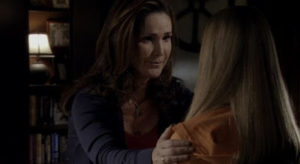
One of my favorite things about this episode is how difficult it is for the characters to look at one another throughout, because the emotions are so complicated. When Peri Gilpin, who plays one of the mothers, grabs her daughter at a certain point in the story, and forces her to make eye contact, it had real emotional punch for me because up until that moment no one is looking at anyone else.
In November I returned to 90210, for which I’d done an episode in the previous season. The episode is called “What’s Past is Prologue”. I had a great time but can’t say too much about the show since it hasn’t aired yet—it’s presently scheduled to run on March 24.
There’s something wonderful about returning to a show much later, after your initial visit, because a settling has taken place. The actors know their characters—they’ve become comfortable in their characters’ skins, and this was certainly the case on 90210. Again, I was given a great script—the character dilemmas were real and relatable, and the action arises from an intelligent and understandable character development.
Finally, I finished the year with a return trip to MELROSE PLACE, an episode called “Sepulveda”. This show also does not air until April 6, so I can say little about it at this point, except that it was a blast and again a wonderful script.
One of the primary joys of directing this particular episode was that it presented me with my first opportunity to direct my sister Betty Buckley. Executive producer Todd Slavkin turned to me in the concept meeting on the first day of prep and asked, “I know it’s only a small cameo, but do you think there’s any chance your sister would be interested in playing this character?” I said that I could ask, and she graciously agreed to come from her ranch in Texas to play the part.
I’m extremely fortunate to get to do what I do. When I direct, I strive to give my entire self to the process, because there’s always something in it for me to discover on a personal level as well as professional. I learn more about my own psychological development by studying others.
I was truly blessed in 2009 to work with tremendous casts and crews, great writers, great producers, great editors, DPs, production and costume designers, set decorators–such that this particular blog post is starting to sound repetitive. But it was really the truth. I learned from each and every person I worked with, and I can honestly say that I have so much respect for what these people do day in and day out. Working on a television show is relentless and hard. There’s no time to waste, there’s not a moment that cannot be used to make the process a richer experience, and the level of concentration that’s required is very intense. It is living at the cutting edge of creative experience and it forces me to be aware and awake.
To create stories for people to watch, to hopefully inspire the imagination of others, is a noble quest and I am honored to have traveled alongside all of the various people who have worked with me on these shows this year. I have been the beneficiary. They carry me forward.
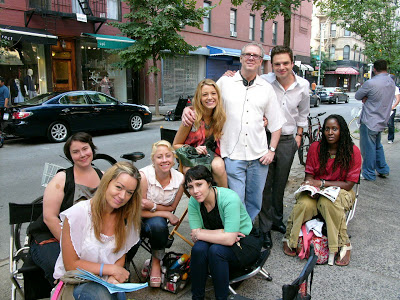
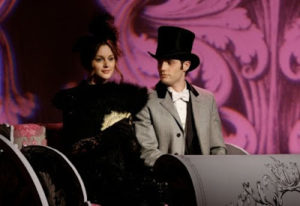
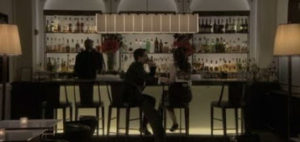
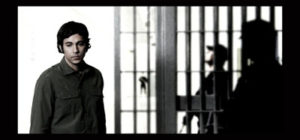
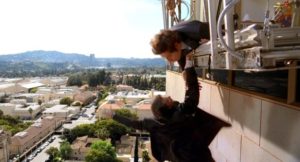
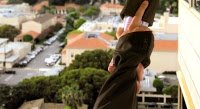
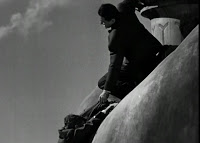
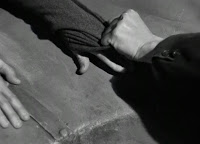

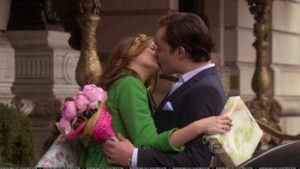
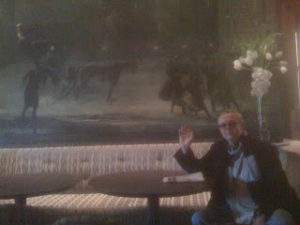
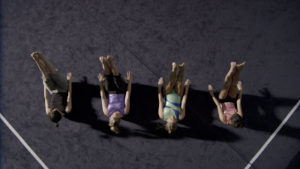
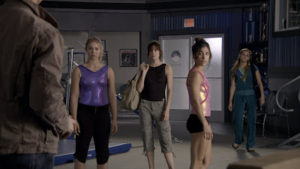
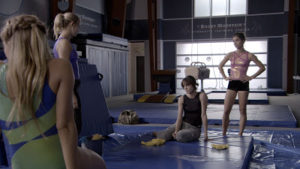
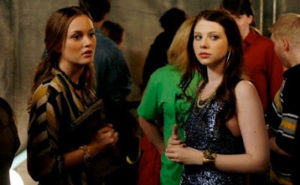
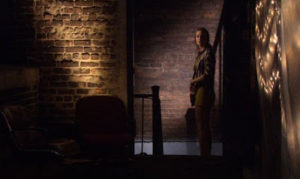
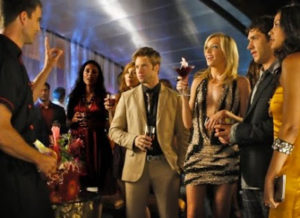
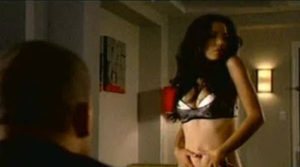
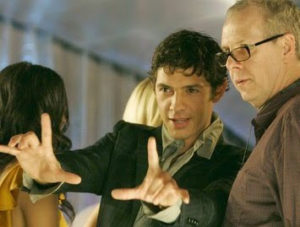
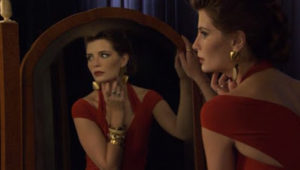

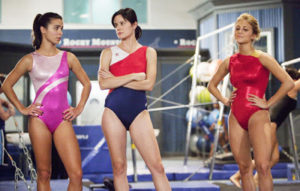
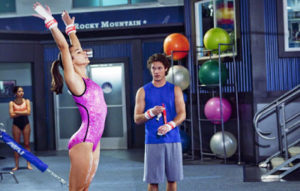
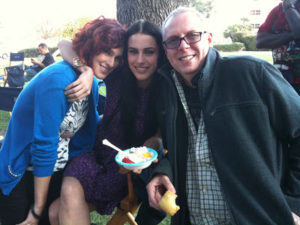
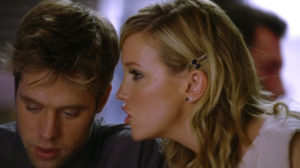
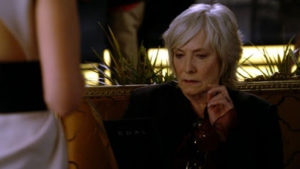
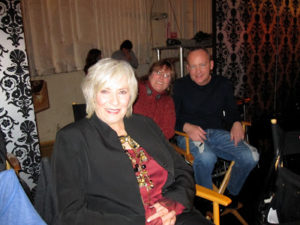



Leave a Comment